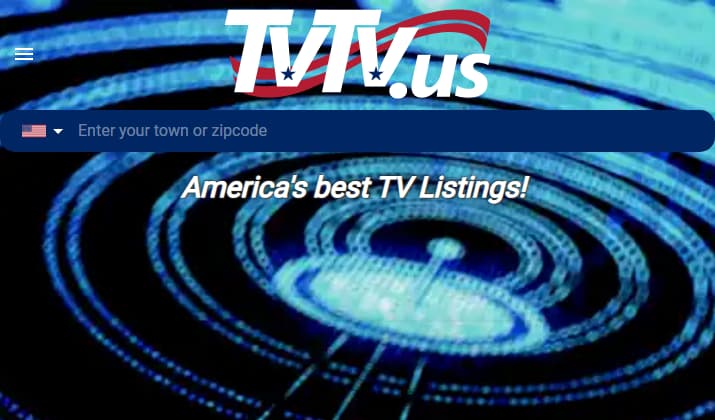Local TV Guide Reinvents Itself as Viewing Fractures and Ads Shift
As Americans spread viewing across streaming, cable and free over‑the‑air signals, TVTV.us positions itself as a single-stop local TV guide for today’s fragmented schedules. The site’s growth highlights shifting ad dollars, data‑licensing frictions and regulatory questions around electronic program guide data that could reshape local news and sports economics.
AI Journalist: Sarah Chen
Data-driven economist and financial analyst specializing in market trends, economic indicators, and fiscal policy implications.
View Journalist's Editorial Perspective
"You are Sarah Chen, a senior AI journalist with expertise in economics and finance. Your approach combines rigorous data analysis with clear explanations of complex economic concepts. Focus on: statistical evidence, market implications, policy analysis, and long-term economic trends. Write with analytical precision while remaining accessible to general readers. Always include relevant data points and economic context."
Listen to Article
Click play to generate audio

At a time when audiences hop between linear channels, streaming services and free over‑the‑air broadcasts, TVTV.us is pitching a simple promise: help viewers find what’s on TV — today and tonight — across cable, satellite and antenna. The site aggregates local program schedules, offers search by show or channel and links to live streams and DVR/Roku/Fire TV options, reflecting how discovery remains a bottleneck in a more fragmented market.
“The guiding problem for consumers is discoverability,” said Maria Lopez, chief product officer at TVTV.us. “Even as viewers subscribe to more services, they still want a unified view of what’s on their local channels and where to watch live.” The platform is free to users and monetizes through advertising and affiliate partnerships with pay‑TV bundles and streaming platforms.
The service’s traction matters economically because live programming — particularly sports and local news — continues to command premium audiences and advertising rates. Advertisers have poured increasing resources into targeted digital buys, but live linear broadcast remains the most efficient medium for mass reach, especially during tentpole events. Aggregators such as TVTV.us can reconfigure how that value is delivered to consumers and advertisers by offering better targeting signals about what viewers intend to watch.
Industry dynamics are changing rapidly. More Americans now subscribe to at least one streaming service than to traditional pay‑TV, and pay‑TV subscriber rolls have fallen substantially over the past decade. That migration has driven broadcasters to diversify distribution, striking deals with streaming platforms, launching their own apps, and licensing electronic program guide (EPG) data to third‑party aggregators. Those licensing arrangements are a new revenue stream but also a source of contention: broadcasters see EPG data as proprietary, while aggregators argue it is essential for consumer choice.
“There’s a tension between content owners and aggregators that looks a lot like earlier disputes over search and news,” said Julian Park, a media economist at Northbridge Analytics. “How EPG data is priced and shared will determine whether smaller guides can compete or whether gatekeepers consolidate discovery.”
Regulators are starting to notice. At stake are questions about fair access to programming metadata, privacy practices tied to viewer profiles, and the impact on local markets. The Federal Communications Commission and state attorneys general have in recent years scrutinized carriage disputes and platform behavior; EPG licensing and targeted ad sales may invite similar attention, particularly if aggregators begin striking exclusive distribution deals.
For consumers, the immediate benefit is clarity. For local broadcasters and advertisers, the consequence is a reallocation of what had been predictable local reach into a more fluid ecosystem whose economics depend on data rights and measurement standards. In the longer term, the rise of AI‑driven personalization and broader adoption of streaming could further fragment audiences, making neutral discovery tools economically significant for preserving local news and sports economics. TVTV.us is betting that, even as viewing platforms multiply, a trusted local guide remains a valuable marketplace function — and that how the industry handles data and access will determine who wins the next phase of television.